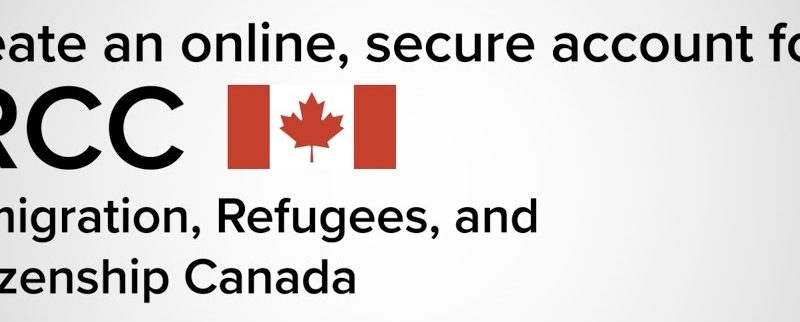Guide 5487: Applying for a Work Permit outside Canada
When should I apply?
You should apply as soon as you have:
- a written job offer or employment contract and
- your LMIA decision letter that your employer received from ESDC.
If you do not need an LMIA, you may apply when you get your Offer of employment number from the employer.
Am I eligible?
You must show the officer that you are eligible under Canada’s Immigration law and that you will be in Canada for a temporary stay. You must:
- satisfy an officer that you will leave Canada at the end of your employment;
- be law-abiding and have no record of criminal activity (you may be asked to give us a Police Clearance Certificate);
- not be a danger to the security of Canada;
- be in good health and complete a medical exam, if needed;
- not intend to engage in employment with an employer on the List of Ineligible Employers;
- not plan to work with an employer who, on a regular basis, offers striptease, erotic dance, escort services or erotic massages; and
- provide any other documents the officer needs to establish your admissibility.
Are there any conditions on my work permit?
An officer may impose, change or cancel conditions when issuing a work permit. These may include any of the following:
- the type of employment;
- the employer you can work for;
- where you can work;
- how long you can continue to work; and
- the times or periods of work.
Do I need a Temporary Resident Visa (TRV) or an Electronic Travel Authorization (eTA)?
If you want to work in Canada, you may need a TRV or an eTA.
A TRV is an official document issued by an officer that is placed in your passport to show that you meet the general requirements for admission to Canada as a temporary resident. An eTA is a paperless document that is electronically linked to your passport. It also shows that you are eligible to enter Canada as a temporary resident.
If you need a TRV or an eTA, you do not have to fill out a separate application or pay more fees. It will be issued by the officer at the same time as the documents you need for your entry to Canada as a worker.
Find out if you need a TRV or an eTA.
If you graduated from a Canadian post-secondary institution and are applying for a post-graduation work permit from outside Canada, you must indicate this on your Application form for a work permit made from outside Canada (IMM 1295):
In the section “Details of intended work in Canada”:
- Question 1: Choose “Open Work Permit”
- Question 2a (Name of employer): Write “Post Graduate Work Permit”
You have up to 180 days after you receive confirmation from your school that you have completed your study program to apply for a work permit. This confirmation could be a degree, diploma, transcript or official letter from your school.
Make sure you submit proof that you have completed all the requirements of your program of study (final transcript and a letter from the institution or formal notice of graduation).
Note: To be eligible, your study permit must have been valid at some point during these 180 days.
Family member definitions
Your family members include your spouse or common-law partner, your dependent children and any children that are their dependent children.
- Spouse
- Refers to either of the two persons (opposite or same gender) in a marriage legally recognized in the country in which it took place, as well as in Canada.
Proxy, telephone, fax, internet and similar forms of marriage where one or both parties were not physically present are no longer considered as valid spousal relationships under the Immigration and Refugee Protection Regulations. For more information, consult our policy on the legality of a marriage.
- Common-law partner
- Refers to a person who is living in a conjugal relationship with another person (opposite or same gender), and has done so continuously for a period of at least one year. A conjugal relationship exists when there is a significant degree of commitment between two people. This can be shown with evidence that the couple share the same home, support each other financially and emotionally, have children together, or present themselves in public as a couple.
Common-law partners who have been in a conjugal relationship for at least one year but are unable to live together or appear in public together because of legal restrictions in their home country or who have been separated for reasons beyond their control (for example, civil war or armed conflict) may still qualify and should be included on the application.
- Dependent children
- We assess your child’s eligibility as a dependant based on how old they were at a specific point in time, called the lock-in date. This is usually the date we received your application. To see if your child qualifies as a dependant, we consider the age of your child on the lock-in date, even though your child’s age may change during processing.
Your child or the child of your spouse or common-law partner can be considered a dependent child if that child meets the requirements below on the lock-in date:
- They’re under 22 years old, and
- They don’t have a spouse or common-law partner
Children 22 years old or older qualify as dependants if they meet both of these requirements:
- They have depended on their parents for financial support since before the age of 22, and
- They are unable to financially support themselves because of a mental or physical condition
With the exception of age, dependants must continue to meet these requirements until we finish processing your application.





